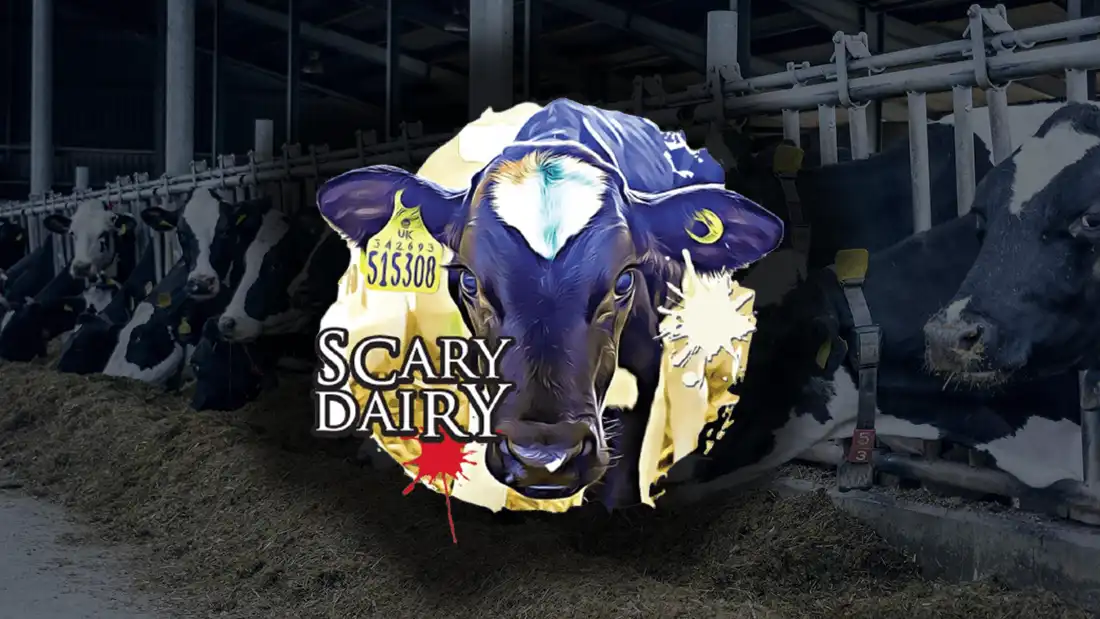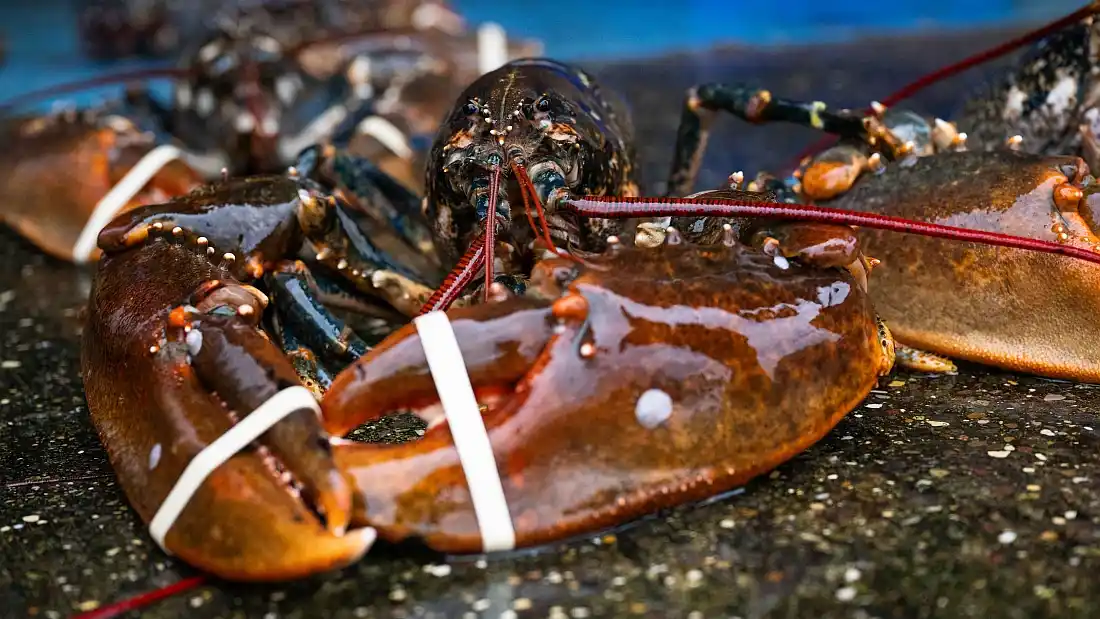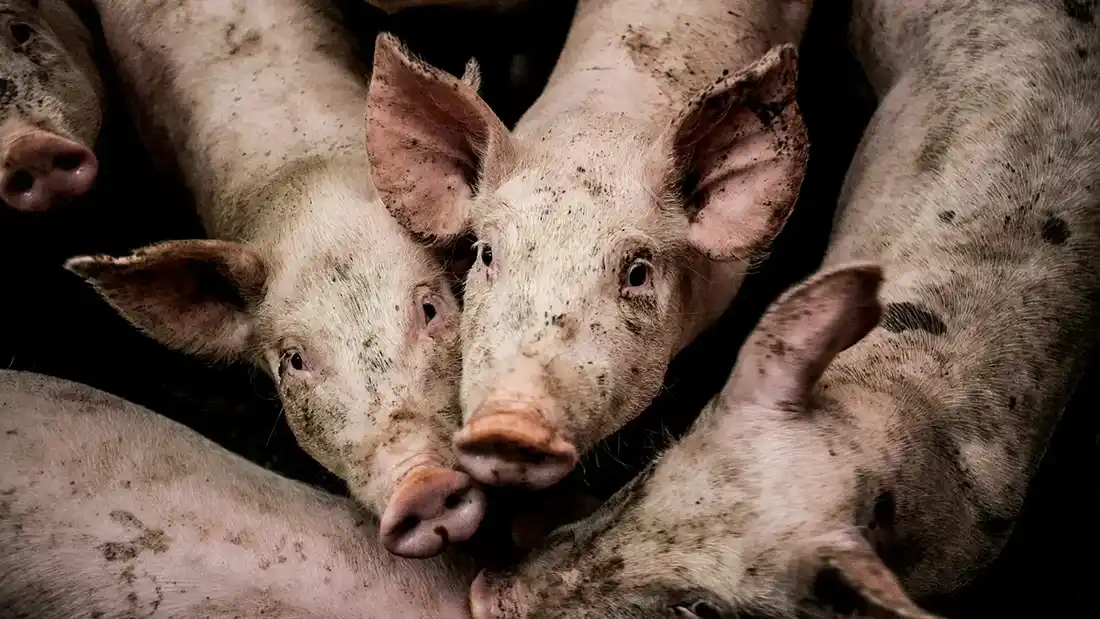Demolishing the enduring myth that you need cow’s milk for healthy bones!
When I was in my early twenties I had a very slim friend who seemed to survive on just coffee and cigarettes. Oh yes, and her daily pint of cow’s milk.This, she told me, would ensure she kept her teeth in her old age. Twenty years on and we are still plagued by the myth that cow’s milk is essential for strong, healthy bones and teeth.
What is the magic component of cow’s milk that makes us think if we don’t drink it our teeth will crumble and our spines collapse? Calcium – that’s what it is! But is dairy food really the best source of this essential nutrient? Milk consumption in the UK has been in decline for 30 years now and we haven’t all lost our teeth nor seen our bones disintegrate – so what’s the big deal and how is this ‘calcium gap’ being filled?
Calcium is a mineral – a very important one, along with others the body needs to function efficiently, including magnesium, phosphorus, sodium, potassium and zinc. Calcium is the fifth most abundant mineral on the earth’s crust and the most abundant in the human body, accounting for around two per cent of total body weight. It plays an important structural role in
maintaining bone health and strength – in fact, around 99 per cent of the calcium we eat is deposited in the bones and teeth. The other one per cent is responsible for vital functions that regulate muscle contraction, heartbeat, blood clotting and the nervous system.
Vitamin D aids calcium absorption and helps to keep it in the body. You mostly get it through exposing the skin to sunlight and from fortified margarines. Fair-skinned adults need about 15 minutes two to three times a week. Face and arms are enough and you are only likely to be vitamin D deficient in the UK if you get little exposure all the year round.
Worryingly, there have been some recent cases of vitamin D deficiency and campaigns to get people to coverup and use sunscreens to avoid ultraviolet exposure may be responsible. The Government states that we should expose ourselves to the sun for ten to fifteen minutes and then apply sun block of at least factor 15 to help prevent skin cancer.Vitamin D is also important for avoiding heart disease, breast, bowel and prostate cancers, multiple sclerosis, arthritis and some other chronic conditions. Sunlight and vitamin D, it seems, are more important than previously thought.
Vitamin D is so important that without it, calcium deficiency is likely to be the result even if you eat plenty of the stuff. The consequences are extremely serious, resulting in rickets or osteomalacia – softening of the bones.A more common problem is osteoporosis, or porous bones.
Bones are made of a thick outer shell and a strong inner mesh filled with a protein called collagen, calcium salts and other minerals. When calcium is lost, bones become fragile or brittle and can break easily. Osteoporosis is sometimes called the silent disease as there are often no symptoms until a fracture occurs. One in three women and one in 12 men in the UK will have osteoporosis after the age of 50. The Government’s current recommendation to avoid this is 700 mg of calcium a day for adults.
So how do you get it? There’s very little in meat so meat eaters and vegetarians tend to rely on cow’s milk and milk products – and the idea that cow’s milk is the best source of calcium is deeply entrenched in the British psyche. The Government sponsors both the dairy industry and the Milk Development Council, both of which encourage everyone to consume endless dairy products. Cow’s milk is also promoted in primary schools and there’s a campaign to reintroduce free school milk. Recently, milk bars have been opening in secondary schools.
New research challenges these ideas. A recent review of 58 studies on milk came to the conclusion that there’s little evidence to support encouraging adolescents to drink any. A 15-year investigation into whether low calcium intake is a risk factor for hip fractures in older people found that cutting back on dairy didn’t increase the risk and that physical activity
provided better protection.
Alarmingly, osteoporosis has been diagnosed in people as young as 20 and there’s a big campaign to get them drinking milk. However, when the bone density of 80 young women was monitored over a 10-year period, again it showed that exercise was more important than the amount of calcium they ate.
American women are among the biggest consumers of calcium in the world yet they have one of the highest levels of osteoporosis. African Bantu women, on the other hand, eat almost no dairy products at all, have a low calcium intake from vegetable sources – and typically have up to 10 children each – yet osteoporosis is virtually unknown.
Investigator Anne Karpf found that most Chinese people obtain their calcium from vegetables yet osteoporosis is rare here also, despite an average life expectancy of 70. The reason for the West’s poorer showing, she believes, is connected to too many high-protein animal foods such as meat, eggs and dairy foods. The China and other studies support this.
The problem isn’t lack of calcium but the fact that we lose too much of what we already have. The discovery of 18th-century human bones under a London church provides a clue. They showed that modern women lose far more calcium than our ancestors. Different lifestyles, less physical activity and diet may all play a part and evidence suggests that physical activity is one of the key factors in reducing osteoporosis risk.
The evidence is also growing that animal protein leads to calcium loss from bones and contributes to the risk of fractures. Animal protein contains more sulphur-rich amino acids than plant protein. These increase blood acidity and calcium is drawn from the bones to neutralise it. The evidence is that a plant-based diet free of animal products – a vegan diet – doesn’t produce these losses. The bonus is that a diet made up largely of fruit and vegetables provides plenty of potassium, which also reduces calcium loss.
Looking solely at calcium intake and not at losses tells only half the story and while a vegan’s intake might be less than a dairy eater’s, their losses are likely to be much lower. In fact, there are no scientific reports of calcium deficiency in adult vegans.
Most of what Inuits (Eskimos) eat is made up of animal protein. They also potentially have one of the highest calcium intakes in the world – up to 2,500 mg a day – depending on whether or not they eat whole fish, bones and all. Despite this, they have a higher rate of osteoporosis than even white Americans, have lower bone mineral content and bone loss begins earlier in life. Animal protein is again the guilty party.
Vegans, on the other hand, obtain all their calcium from plant sources – tofu (soya bean curd), molasses, oats, dark green leafy vegetables, pulses, dried fruits, tahini (sesame seed paste), nuts and seeds. But what really counts is how easily the calcium is absorbed. Calcium in milk isn’t as readily absorbed as that in dark green leafy vegetables, spinach being something of an exception because it contains oxalate, which hinders absorption. Grains, nuts and seeds contain phytate, thought to slow absorption but their influence is now seen as minimal.
Other obvious ways to improve bones are not smoking, moderate use of alcohol, cutting down on tea and coffee (caffeine slows down absorption), avoiding salt, ensuring exposure to sunlight and eating vitamin D fortified foods such as soya milk and margarine. And lastly, take physical exercise – very, very important. Use ‘em or lose ‘em!
For more information see out fact sheet Boning up on Calcium.




